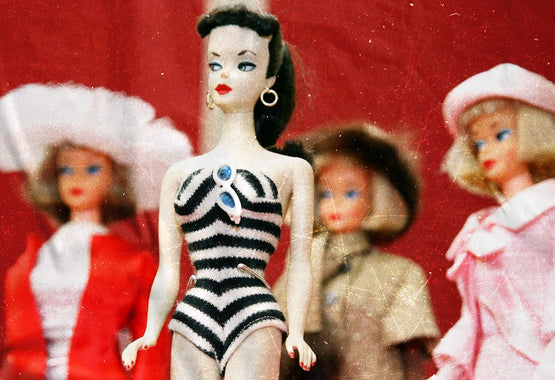The NSA Once Banned Furbies for Being a Foreign Spy Device


If you think the world has gone mad currently, you may not have lived enough to see more than a few cycles of the same kind of cultural paranoia making headlines. Russia this. China that. It’s honestly nothing new for America to lose its collective mind when something tied to other counties gets popular.
Get this. A little over 20 years ago, an innocent toy was released and became one of the hottest Christmas presents people couldn’t get their hands on fast enough. It was called a Furby, which is just a cute little alien computer thing with some fake fur over the top of it. It was tech meets tots. Nothing had ever been released like it before, so naturally, it eventually became a heated topic of conversation surrounding national security.
Initially released in 1998 by Tiger Electronics, Furbies were designed to speak their own language — called “Furbish” — fresh out the box. The cheap toy speakers crackled out nonsense at first and then the little guy slowly “learned” English words as you played with it. They didn’t have microphones, and certainly didn’t listen to a thing you said to it as though it were somehow sentient — even though that’s what it seemed like to kids. The trick was, well, to trick buyers into thinking they were lifelike, when they were anything but.
Crazy, right?

Yet as the popularity of them grew, it was the parents who became most concerned with their strange behavior. All kinds of rumors were spread by the Kens and Karens of the nation, silly things like they were learning and then teaching small children swear words. FUCK! Or that they could possibly launch space shuttles from a suburban basement. Some stories even got so widespread — like that they were made from real cat and dog hair — that authorities stepped in to debunk them on national newscasts.
The most famous Furby story though, takes place right after Christmas 1998, when the NSA allegedly put out a memo to staff about not bringing them into work over the fear they may record Top Secret information and upload it to worldly enemies. No one still knows why it came to be, but apparently government agencies were somehow really worried grown-ass adults would bring toys into work. *shrug*
“Personally owned photographic, video, and audio recording equipment are prohibited items,” the NSA wrote in the famous memo. “This includes toys, such as ‘Furbys,’ with built-in recorders that repeat the audio with synthesized sound to mimic the original.”
The thing is, that’s not even how they worked. Creator David Hampton told MEL Magazine last year that the whole speech recognition thing was a front — not even part of the programming. It was “a complete illusion,” he says. “They had 700 or 800 words already programmed into them. At first, it would start out speaking Furbish — which was an actual language that I developed — and as you interacted with it more, you would advance the ‘age’ of the program, and so more and more English words would be introduced.”
It wasn’t just the NSA either: multiple airline companies and hospitals were worried the little electronic demonoids would interfere with their computers. While true that they could have done that with its infrared capabilities (like, the danger wasn’t zero) it was super unlikely it would happen.

The hype was all par for the course around this time. As consumer products began integrating tech more and more, it lead to heightened knee-jerk reactions from the people who didn’t understand the most. Adults pretty much looked like idiots most of the time, while kids latched onto the growing industries faster and with seemingly swifter ease than they did.
Furby spy mania didn’t last but a few months, and it wasn’t long before the suits jumped on another bandwagon spurred by the next scary invention.
Won't anyone think of the children!?
[cover photo by Amanda via Flickr]













